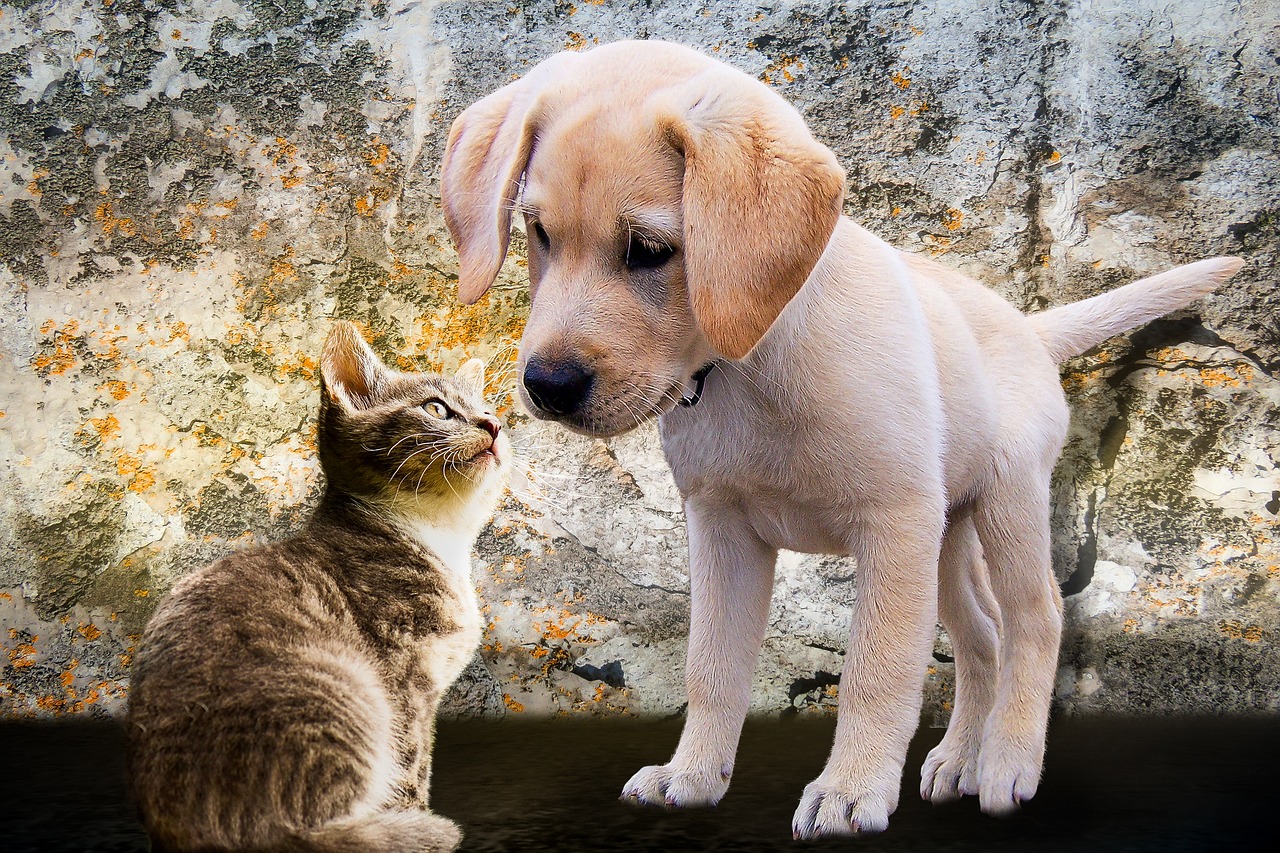Bringing a new puppy into your family is an adventure filled with joy, excitement, and a bit of apprehension, especially if you’re introducing them to a household with existing pets. Whether it’s an older dog who’s been your companion for years or a different kind of pet entirely, a smooth and harmonious introduction is only possible through careful planning or sheer luck. For those navigating the journey of introducing a puppy, a bit of guidance can make all the difference – and perhaps, down the line, professional training might be just what you need to bring balance to your expanding pet family.
Introduction Principles and Pre-Meeting Training
Preparation is everything when it comes to blending a new puppy with your current pet. Before the first nose-to-nose meeting, there are several steps you can take to set the stage for success.
Training plays a pivotal role in smoothing the path for introductions. For both your existing pets and the new arrival, mastering basic commands that control their movement and behavior establishes a common language between you and your animals. This shared communication aids in managing their behavior during their initial interactions when you can’t always predict how they will act.
Consider separating a new puppy from the rest of the house to foster training or make time for training when a new arrival suddenly appears out of the blue. In this ‘quarantine,’ you can begin training and slowly start working on an eventual introduction by offering items containing the smells of your other pets.
Process of Introducing a Puppy to Other Dogs
Introductions should always aim to be as low-stakes as possible. Opting for a neutral ground, such as a quiet park or a friend’s yard, can help minimize territorial instincts and set a positive tone for their initial encounter. Both dogs must be on leashes for better control and handled by separate individuals to ensure safety and ease of intervention if needed.
Observing the body language of both your puppy and your existing dog can help you ensure the meeting stays productive and safe. Positive signs like wagging tails, relaxed postures, and playful bows indicate that the meeting is going well, while signs of aggression or fear suggest the need for a pause or a more gradual approach. Allowing brief periods for sniffing can facilitate a natural way for the dogs to get acquainted, but keep this interaction short to prevent any potential tension from escalating.
Gradually increasing the time they spend together based on their comfort level encourages a smooth adjustment to each other’s presence. At the end of the day, the goal is to have them living under the same roof, so taking the time to nail the introduction is an investment into the future.
Introducing a Puppy to Other Types of Pets: Considerations and Differences
When introducing your new puppy to other types of pets, such as cats, birds, or small mammals, there are bound to be differences compared to canine-only meetings, including:
Understand Prey Drive: Dogs, especially puppies, may have a natural prey drive that smaller animals or cats could trigger. Closely monitor your puppy’s behavior and intervene if they become too fixated or excited.
Recognize Stress Signals in Other Pets: Different pets exhibit stress differently. Cats might hiss or swat, birds may flutter or squawk, and small mammals could freeze or attempt to flee.
Introduce Through Scent First: Before any visual introduction, let your pets get accustomed to each other’s scent, preventing any surprises later. This can be done by exchanging bedding or toys to transfer scents between your puppy and the other pet.
Maintain a Safe Haven for Smaller Pets: Ensure your other pets have access to a safe space to retreat and feel secure away from the puppy. For example, cats should have high perches, and small mammals should have cages out of the puppy’s reach.
Does your new puppy need a jumpstart in their training? Is your older dog not adjusting well to a new member of the house? To deepen the bond between you and your dogs, contact Gulf Coast K9 Dog Training today and discover how our puppy training programs can help.





